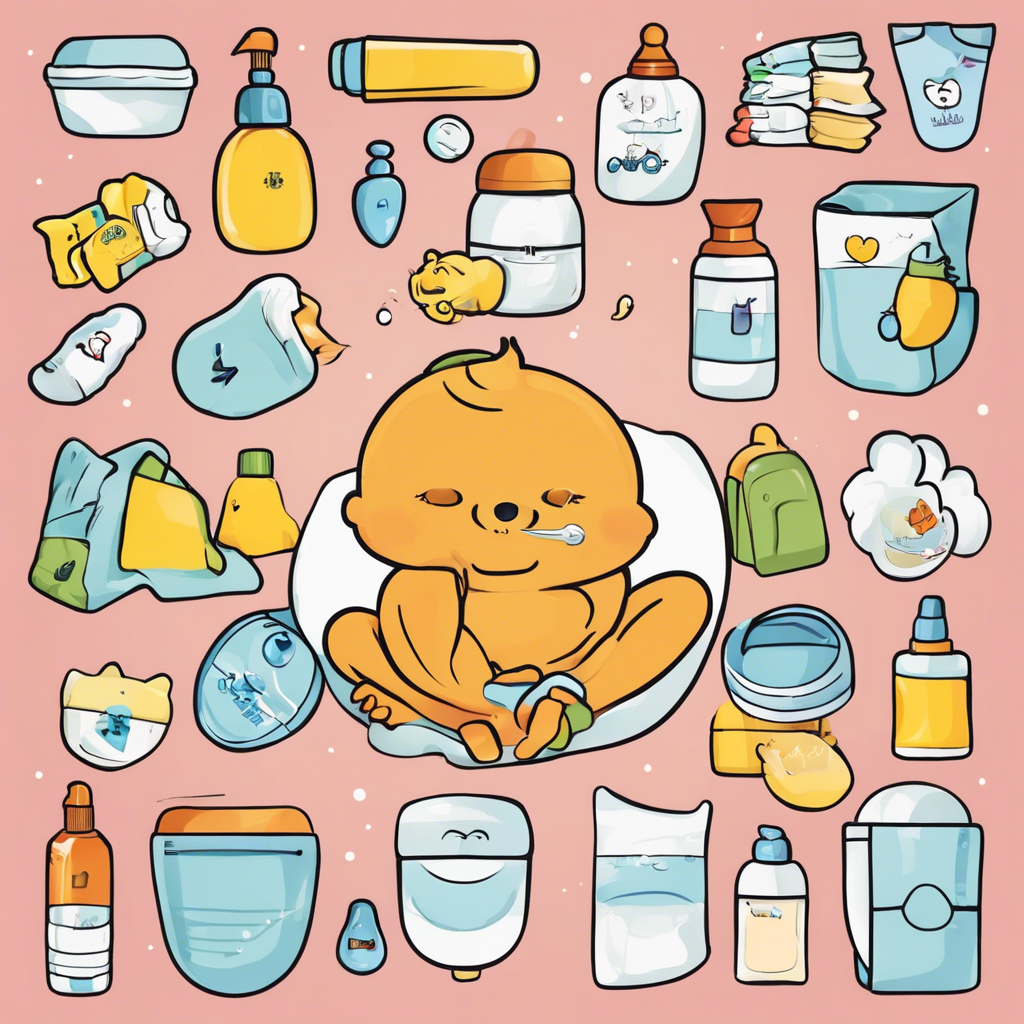Diaper rash is a common concern for parents and caregivers, often causing discomfort for babies. While it may seem like an unavoidable part of diaper-wearing, preventing diaper rash is possible with the right approach. Understanding the causes, symptoms, and effective prevention strategies can help keep a baby’s skin healthy and irritation-free. By following simple steps such as maintaining dryness, choosing the right products, and being mindful of diapering habits, parents can significantly reduce the risk of diaper rash and keep their little ones comfortable.
One of the main causes of diaper rash is prolonged exposure to moisture. A wet or soiled diaper creates the perfect environment for irritation, as urine and stool contain substances that break down the skin’s protective barrier. Frequent diaper changes are essential to keeping the area dry and preventing rashes. Ideally, diapers should be changed every two to three hours during the day and immediately after a bowel movement. At night, using an absorbent diaper or applying a protective barrier cream can help minimize prolonged wetness.
Choosing the right diaper is another crucial factor in preventing diaper rash. Parents often debate between cloth and disposable diapers, but the best choice depends on the baby’s needs. Disposable diapers with high absorbency help wick moisture away from the skin, reducing the risk of irritation. Cloth diapers, on the other hand, should be changed more frequently and washed thoroughly with a gentle, fragrance-free detergent. Avoiding fabric softeners and harsh chemicals can also help prevent skin irritation.
Cleansing the diaper area properly is just as important as keeping it dry. When changing a diaper, gently wiping the skin with warm water and a soft cloth or using fragrance-free baby wipes can help prevent irritation. Alcohol-based wipes should be avoided, as they can dry out and damage delicate skin. For babies with sensitive skin, using a mild, hypoallergenic cleanser may be beneficial. After cleaning, patting (rather than rubbing) the skin dry ensures that there is no residual moisture left before applying a new diaper.
Barrier creams and ointments play a significant role in diaper rash prevention. Products containing zinc oxide or petroleum jelly create a protective layer on the skin, shielding it from irritants. Applying a thin layer after each diaper change can provide ongoing protection, especially if a baby is prone to rashes. Natural alternatives like coconut oil or shea butter may also be soothing for sensitive skin. It is important to choose products free of added fragrances and preservatives to minimize the risk of allergic reactions.
Letting a baby’s skin breathe is another effective way to prevent diaper rash. Allowing some diaper-free time each day helps air circulate around the skin, reducing the risk of irritation caused by trapped moisture. Laying a baby on a soft, absorbent towel or waterproof mat for a few minutes after each diaper change can provide much-needed ventilation. Dressing the baby in loose, breathable clothing made from natural fibers like cotton can further support skin health.
Diet can also influence the likelihood of diaper rash. Certain foods, especially acidic ones like citrus fruits and tomatoes, can cause irritation when they pass through the digestive system. If a baby develops a rash after eating specific foods, it may be helpful to temporarily eliminate them and observe whether the condition improves. For breastfeeding mothers, dietary changes may also affect the baby’s skin, as certain foods in a mother’s diet can lead to more acidic stools. Keeping a food diary can help identify potential triggers.
Infections and allergies can sometimes be mistaken for regular diaper rash. If a rash appears particularly red, inflamed, or persists despite proper care, it could indicate a yeast or bacterial infection. Yeast thrives in warm, moist environments and often requires antifungal treatment prescribed by a pediatrician. Bacterial infections, which may present as blisters or pus-filled sores, need medical attention and may require antibiotic ointments. Some babies may also be sensitive to diaper materials or skincare products, leading to allergic reactions that require switching to hypoallergenic options.
Maintaining good hygiene is essential in preventing diaper rash. Washing hands before and after diaper changes helps prevent the spread of bacteria that could contribute to infections. Keeping the diaper changing area clean and sanitized further reduces the risk of skin irritation. If using cloth diapers, ensuring they are thoroughly rinsed and dried before reuse is critical to removing any detergent residue that might cause irritation.
When treating a mild diaper rash, giving the affected skin time to heal is important. Reducing friction by using softer diapers, avoiding tight clothing, and minimizing excessive wiping can prevent further irritation. If a rash worsens or does not improve within a few days, consulting a pediatrician is recommended. Severe rashes, especially those accompanied by fever, open sores, or extreme discomfort, may require specialized medical treatment.
By following a consistent diapering routine, using protective products, and paying attention to the baby’s skin health, diaper rash can be significantly reduced or prevented altogether. Keeping the diaper area clean, dry, and well-ventilated ensures that babies stay comfortable and happy. Parents who remain attentive to early signs of irritation can take proactive measures to protect their child’s delicate skin, making diaper rash a rare occurrence rather than an inevitable challenge.

